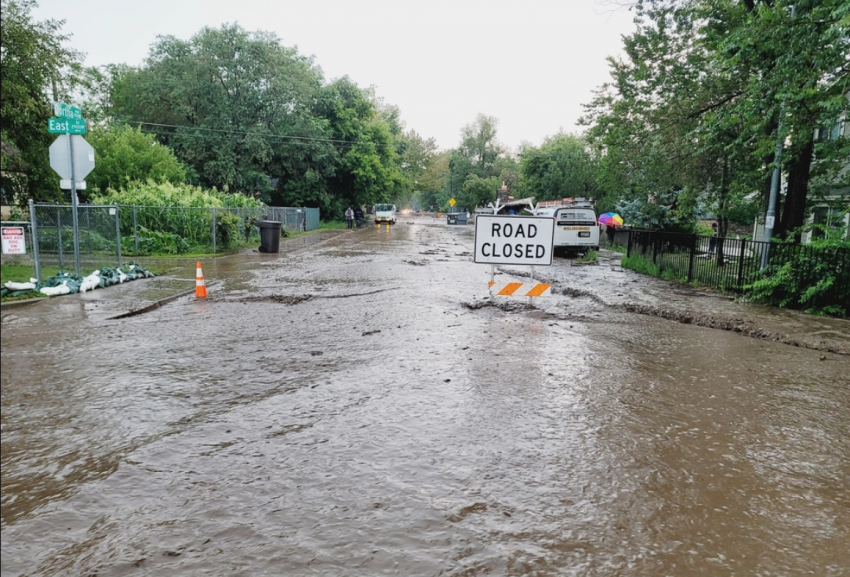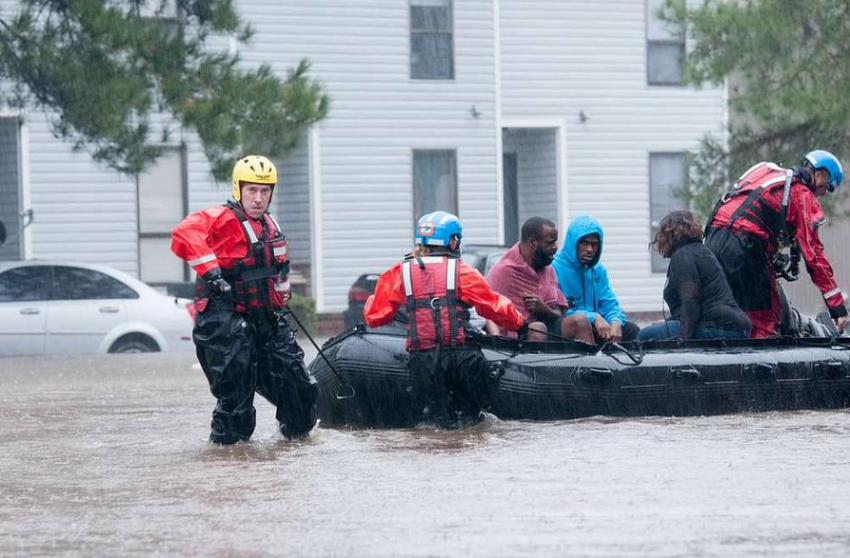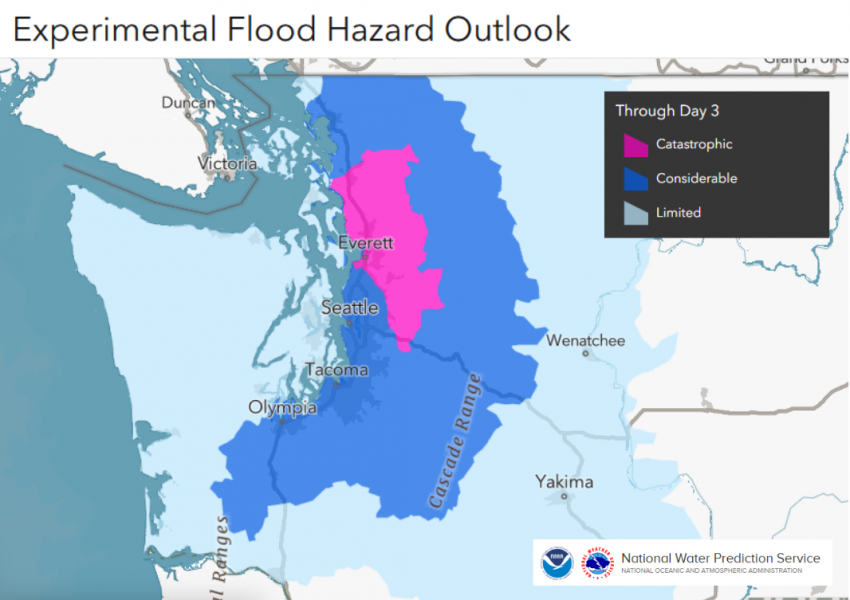Wettest Christmas in Decades Brings Flooding, Mudslides to California
The so-called Pineapple Express, a persistent train of rich tropical moisture, brought days of heavy rainfall to California. The L.A. Basin was hardest hit on Christmas Eve and Christmas Day. Numerous daily rainfall records were broken with two-day totals from three to six inches (150 mm), equivalent to several months worth of normal rainfall. The copious rainfall has resulted in significant flooding along with life-threatening debris slides. A state of emergency has been declared in six counties.
Severe flooding due to extreme rainfall in Redding, #California, USA 🇺🇸 21.12.2024 pic.twitter.com/TEmsBlQ9GD
— Alex Terry (@AlexTerry17482) December 23, 2025
Homes and vehicles in Wrightwood, California, were left buried under mud and debris on Thursday, after flash flooding and mudflows hit the area on Christmas Eve.
Read more: https://t.co/e84roFCaON pic.twitter.com/m2LKlEBj3s
— ABC News (@ABC) December 26, 2025
Northern California was hit first early in the week. Serious flooding impacted Redding (see above). The atmospheric river then shift south to Southern California in the last few days. Buildings and cars were buried by mud and rocks in Wrightwood, California (see above). Many residents were forced to evacuate, and a few even had to be rescued by helicopter from their rooftops. A section of Interstate 5 was closed due to high water and stranded vehicles on Thursday in Sun Valley (see below), not far from the Burbank Airport. Burn scars from the massive wildfires on the west side of Los Angeles are particularly dangerous due to increased debris and poor capacity to absorb runoff. This risk has prompted evacuations there.
Emergency Freeway Closure 🚨
The highway patrol extended the closure, due to heavy flooding, on the northbound 5 freeway. Stay safe and #ProtectTheWorld with Citizen.📍Sun Valley, California pic.twitter.com/yRpA333xpu
— Citizen (@CitizenApp) December 24, 2025
Major flooding in San Bernardino County, California and causing major last minute holiday travel nightmares #cawx #CaliforniaWeather #sanbernandino pic.twitter.com/5Zb6tZ7Zpp
— Brian Emfinger (@brianemfinger) December 24, 2025
The heavy precipitation is falling as blinding snow in the southern Sierra Nevadas. Storm total accumulations could approach eight feet. Elsewhere, wind gusts as high as 80-100 mph (130-160 kph) have raked exposed coastal and high elevation sites. The combination of high winds and rain-loosened soils increase the risk of downed trees and powerlines and the resultant prolonged power outages.




